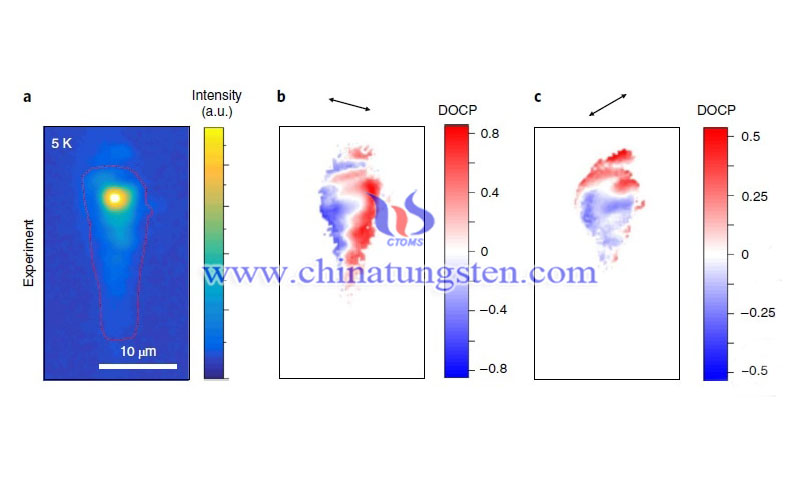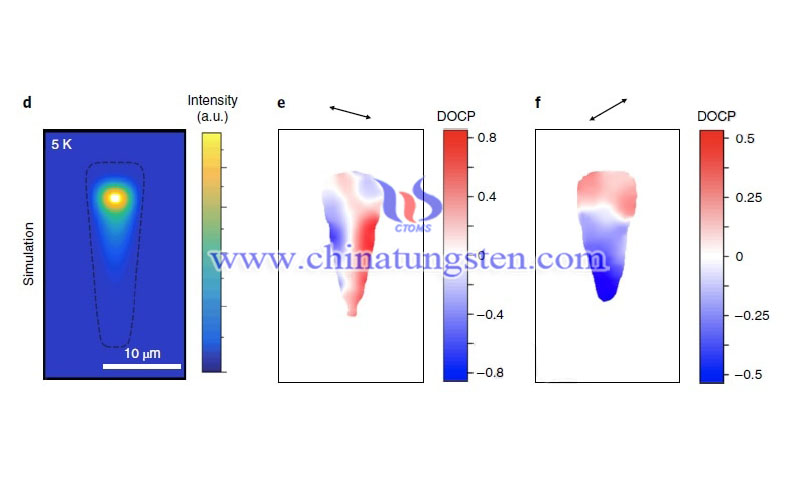Physicists Study Light Propagation in 2D Molybdenum Diselenide
- Details
- Category: Tungsten's News
- Published on Monday, 29 July 2019 17:59
An international research team has studied how light propagation in the plane of the thinnest semiconductor crystal in the world. It is found that the spatial distribution of light polarization is similar to that of three-color rapana.
The research results open the door for the development of monatomic optical transistors - quantum computer components can be calculated at the speed of light. The study was published in Nature Nanotechnology. At present, photons are considered to be most suitable for transmitting information in quantum computers. These computers are still hypothetical, based on the laws of the quantum field, and can solve some problems more effectively than the most powerful supercomputers.
"I expect that in the near future, two-dimensional monatomic crystals will be used to transmit information in quantum devices," said Professor Alexey Kavokin, director of the Spin Optics Laboratory at St. Petersburg University.
Classical computers and supercomputers take a long time to complete, and quantum computing devices will be completed soon. That's the great danger of quantum technology - as dangerous as the atomic bomb. For example, with their help, bank protection systems can be cracked very quickly. That's why intensive work is under way today, including the creation of a means to protect quantum devices: quantum cryptography. Our work contributes to semiconductor quantum technology.


At present, it is impossible to achieve this state at temperatures above - 70 C. However, once suitable materials are found, the invention will enable power to be transmitted to any point on the earth without any loss, and develop a new generation of motors.
In March 2018, Alexey Kavokin's team predicted that the structure of superconducting metals such as aluminium could help overcome this challenge. At present, researchers at the University of St. Petersburg are trying to find ways to obtain theoretical and experimental evidence.
| Molybdenum Supplier: Chinatungsten Online www.molybdenum.com.cn | Tel.: 86 592 5129696; Fax: 86 592 5129797;Email:sales@chinatungsten.com |
| Tungsten News & Prices, 3G Version: http://3g.chinatungsten.com | Molybdenum News & Molybdenum Price: http://news.molybdenum.com.cn |



 sales@chinatungsten.com
sales@chinatungsten.com